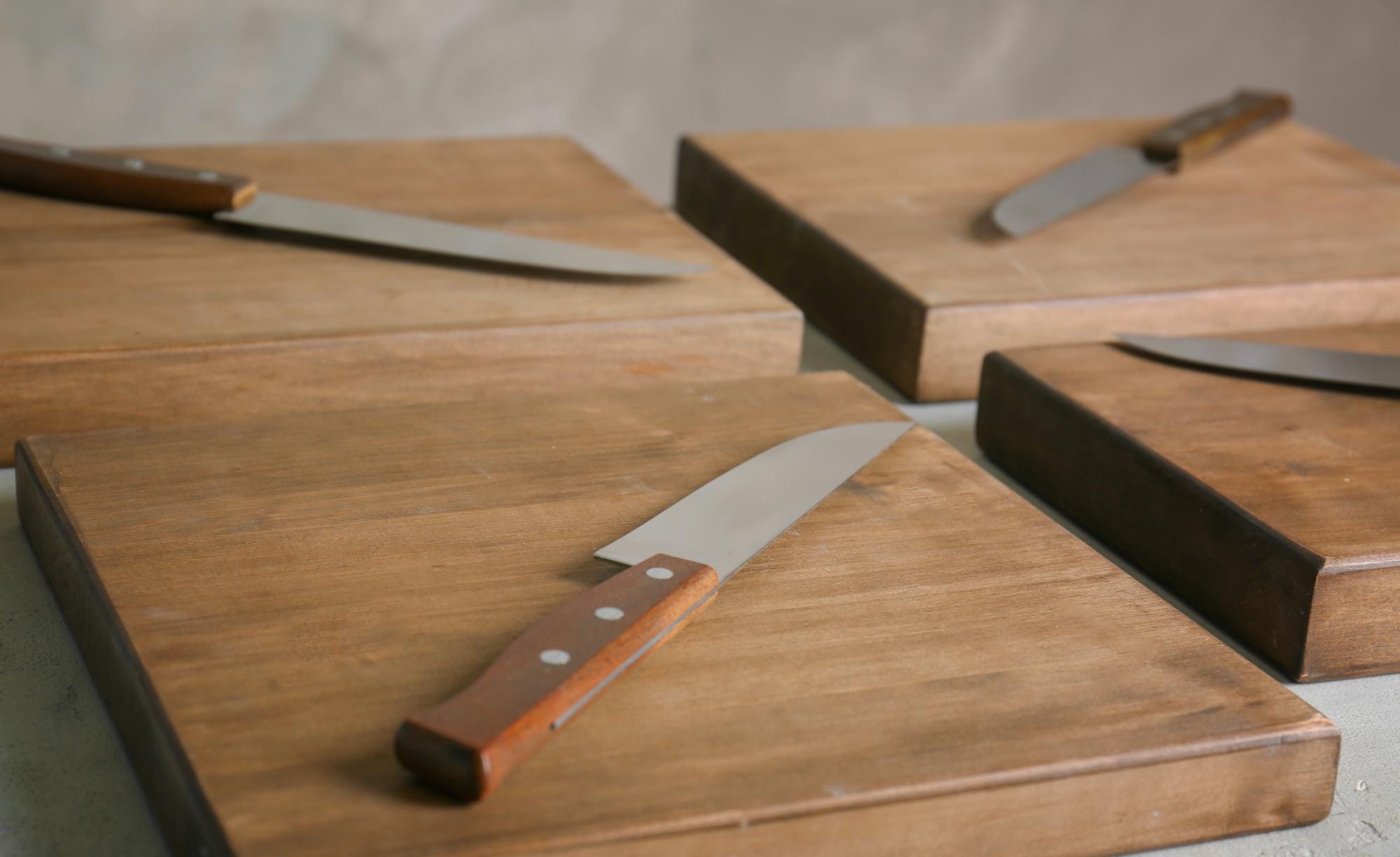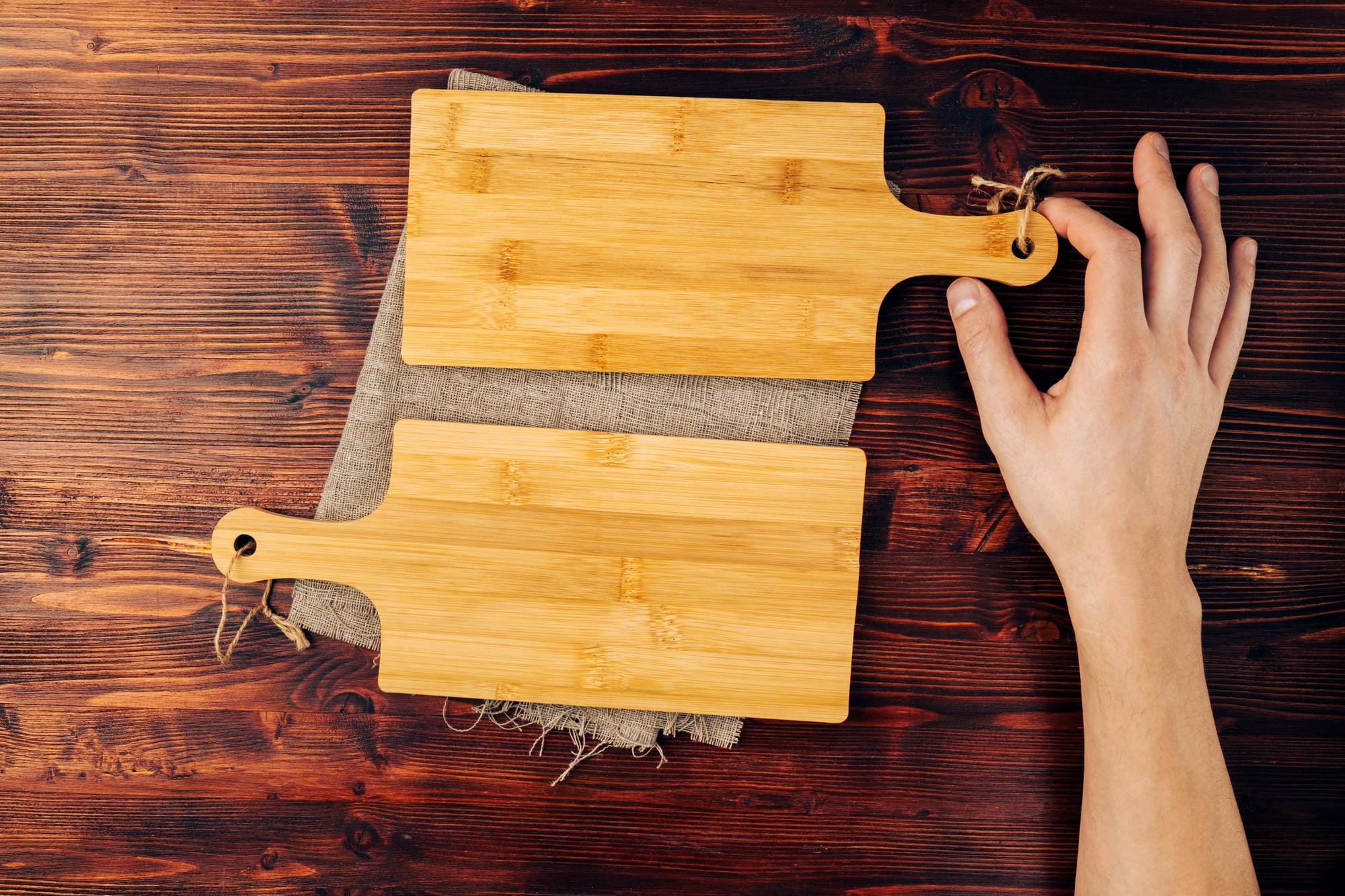
Over the past decade, home renovation trends have undergone a major transformation. Among the most noticeable shifts is the rising popularity of engineered wood flooring. Homeowners, architects, and interior designers alike are embracing this modern alternative to traditional hardwood drawn by its visual appeal, structural benefits, and suitability for diverse living environments. But while it may look like any other wood plank at first glance, choosing engineered wood flooring requires careful consideration.
With numerous brands, specifications, and styles on the market, many buyers fall into the trap of focusing solely on color or finish, overlooking the technical factors that truly matter. The goal of this guide is to help you make a confident and informed choice, not just one that looks good on day one, but one that will last for decades without disappointment.
Why Engineered Wood Flooring is A Great Option

Engineered wood flooring offers a unique blend of authenticity and innovation. Unlike laminate or vinyl, which only mimic the appearance of wood, engineered planks are topped with a real hardwood veneer. Underneath, multiple layers of plywood or high-density fiberboard (HDF) are stacked in a cross-grain configuration, delivering superior dimensional stability. This layered structure helps the flooring adapt to changes in temperature and humidity, making it far more versatile than solid hardwood. You can install engineered wood over concrete, radiant heating systems, and even below ground level places where traditional hardwood would warp or buckle.
Many homeowners are choosing engineered wood flooring not only for practical reasons but also for its eco-conscious advantages. The core layers use less slow-growing hardwood and more renewable or recycled materials, making the product more sustainable overall. Moreover, manufacturers have advanced significantly in producing finishes and treatments that mimic the texture, grain, and warmth of solid wood with impressive realism. From a financial standpoint, engineered wood can also be more cost-effective in the long run. While high-end options may rival the price of solid hardwood, they generally require less maintenance, resist damage more effectively, and are easier to replace by plank if damaged.
Recommended Manufacturer: Wood Floor Manufacturers Indonesia
Key Considerations When Choosing Engineered Wood Flooring
1. Core Construction Quality
The heart of engineered flooring lies in its core. A well-constructed core ensures the floor stays flat, resists movement, and withstands pressure from foot traffic or furniture weight. Cheaper alternatives may use softwood or fiberboard cores. While these may initially look similar, they tend to perform poorly in high-moisture environments and under stress. Before making a purchase, be sure to inquire about how many layers make up the core and what type of material forms its structure. A quality product will be transparent about this. Also, check for tongue-and-groove or click-lock installation systems, these not only simplify the installation process but also contribute to overall stability once the flooring is in place.

2. Veneer Thickness
The thickness of the hardwood veneer determines both the floor’s longevity and its ability to be refinished. Veneer thickness typically ranges from 0.6 mm (used in budget flooring) to over 6 mm in premium products. A veneer with greater thickness allows for more rounds of sanding and refinishing, which helps the flooring remain in excellent shape for a longer period. Remember, choosing engineered wood flooring isn’t just about the look, it’s about ensuring your investment lasts. A thin veneer may look beautiful at first but could end up needing replacement in just a few years.
3. Wood Species
Like solid hardwood, engineered flooring is available in a wide variety of wood species, each with its own grain pattern, color tone, and hardness rating. Oak is by far the most common due to its durability, availability, and neutral appearance that suits many interiors. However, other popular choices include maple, hickory, walnut, birch, and even exotic woods like teak or acacia wood. When choosing engineered wood flooring, remember that aesthetics and practicality must go hand in hand. Don’t fall for an unusual grain or color if the species itself lacks the durability you need.
4. Plank Dimensions

The width and length of engineered wood planks have a strong influence on your room’s overall look and feel. Wider planks (typically 6 to 10 inches) create a sense of openness and modernity, making them especially popular in today’s interior design. Long planks reduce the number of seams in a room, creating a cleaner visual flow. Another smart strategy when choosing engineered wood flooring is to measure the room and calculate how plank dimensions will influence layout, waste, and installation costs. Smaller rooms, for instance, may not suit extra-wide planks, as these can make the space feel cramped or irregular.
5. Surface Finish & Durability
The surface finish you select will impact the floor’s resilience, maintenance needs, and how it reflects light. There are three primary categories: UV-cured urethane, aluminum oxide, and oil-based finishes. Don’t overlook the number of finish coats. More layers typically mean better protection. Also, consider the sheen level. Matte and satin finishes tend to conceal everyday imperfections like dust, scratches, and pet fur more effectively than glossy surfaces. If your home is a high-traffic zone, such as one with children or pets, choosing engineered wood flooring with a robust finish could save you money and stress down the line.
Conclusion: Avoiding Misleading Claims & Common Pitfalls

The world of engineered flooring is filled with marketing buzzwords and vague claims. Labels like “premium quality,” “durable layer,” or “authentic feel” often lack specific standards. One of the most important things to do when choosing engineered wood flooring is to ask for product specifications, certifications, and warranty terms. Take time to read customer reviews, compare brands, and consult with flooring professionals. Better yet, visit showrooms where you can see and touch the materials in person.
If you’re looking for engineered wood flooring that delivers on its promises, explore the premium collection at Jati Luhur Agung.
With decades of expertise, sustainable sourcing, and a strong commitment to quality, Jati Luhur Agung offers solutions that combine aesthetic appeal with lasting performance. Choosing engineered wood flooring is more than a design choice, it’s a long-term investment in comfort, style, and durability. When done right, it can elevate your space with the warmth of real wood and the resilience of modern technology. By focusing on core quality, veneer thickness, species selection, plank dimensions, and surface durability, you can avoid common pitfalls and enjoy flooring that stands the test of time, both aesthetically and structurally. So, have you found the answer? Feel free to discuss it with our team!
A Chef’s Guide to Choosing The Right Professional Cutting Board
In any professional kitchen, precision, speed, and hygiene matter more than anything else. Chefs carefully select every tool to deliver consistent quality, and among those tools, the cutting board holds a surprisingly crucial role. Choosing the best professional cutting board isn’t just about picking something that looks good on your countertop, it’s about ensuring safety,…
Safe Woods for Cutting Boards: Things to Keep in Mind
When it comes to food preparation, choosing the right cutting board is more than just about style or design. It’s about hygiene, safety, and durability. When selecting a cutting board, it’s crucial to choose wood safe for cutting boards to maintain hygiene and long-lasting quality. Not all wood species are suitable for food-contact surfaces, some…
Our Picks for The Best Quality Wooden Cutting Boards
Picture yourself stepping into the kitchen, ready to create something delicious. You pick up your chef’s knife, place a fresh piece of salmon on the board, and start slicing. But here’s the thing: the quality of your cutting board can make or break that experience. A flimsy board slides around, absorbs stains, and dulls your…
- By:PT. Jati Luhur Agung
- Tags: engineered wood, engineered wood flooring, wood buying guide
- Category: Wood Flooring
- 0 comment




